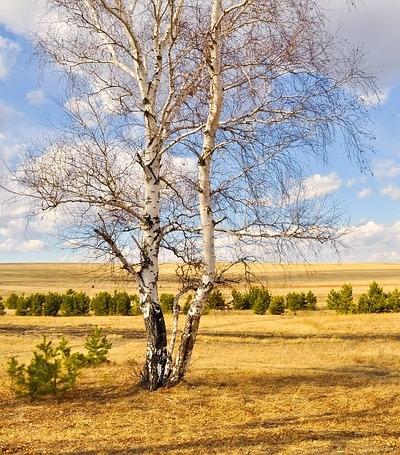Index

Ecology: Understanding Abiotic and Biotic – The non or abiotic living variable in an environment are too broad that includes air, temperature, pressure, mountain slope, soil, rainfall, land drainage, and sun. These factors interact us together. Let us have a soil. Heavy rainfalls or flooding can affect this soil. We refer to the life within an ecosystem because of the community. These factors reside in the environment that are interdependent and are sustaining.
A community has sublevels that are related to biological. The first level is referred to as the population. This will include things like animals, plants, humans. Each ecosystem has the capability to produce or multiple and different ways like for animals breeding the is their way of producing. The second level is referred to as the species. There are thousands of species of insects in addition to plants and creatures. A forest ecosystem is going to have more species of organisms in relation to a system that is grassland. And lastly, the last third level is the individual that makes what population is and divided into different species.
In our human lifetime, we witness the above ecosystem relationship that relates to us either direct or indirect. There’ll be connections between the environment and the community. You can say that we have an assortment of interactions.
